The ABRACADABRA experiment sounds like magic but it may help uncover an elusive, invisible particle.
- by
-
Jackson Ryan
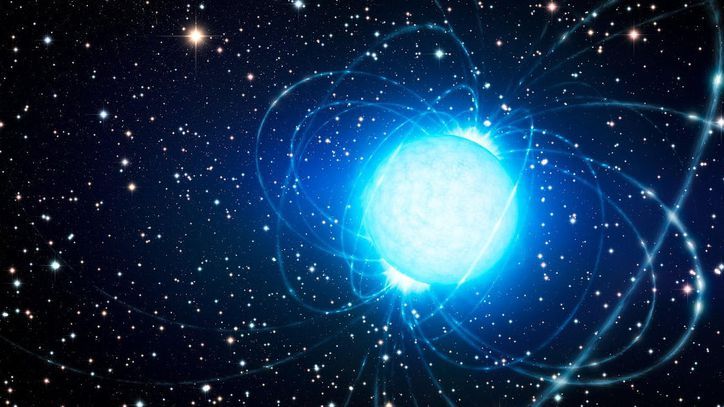
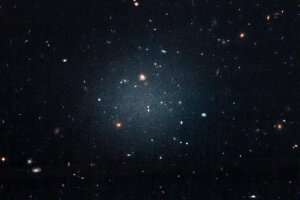
After drawing both praise and skepticism, the team of astronomers who discovered NGC 1052-DF2 – the very first known galaxy to contain little to no dark matter – are back with stronger evidence about its bizarre nature.
Dark matter is a mysterious, invisible substance that typically dominates the makeup of galaxies; finding an object that’s missing dark matter is unprecedented, and came as a complete surprise.
“If there’s one object, you always have a little voice in the back of your mind saying, ‘but what if you’re wrong?’ Even though we did all the checks we could think of, we were worried that nature had thrown us for a loop and had conspired to make something look really special whereas it was really something more mundane,” said team leader Pieter van Dokkum, Sol Goldman Family Professor of Astronomy at Yale University.
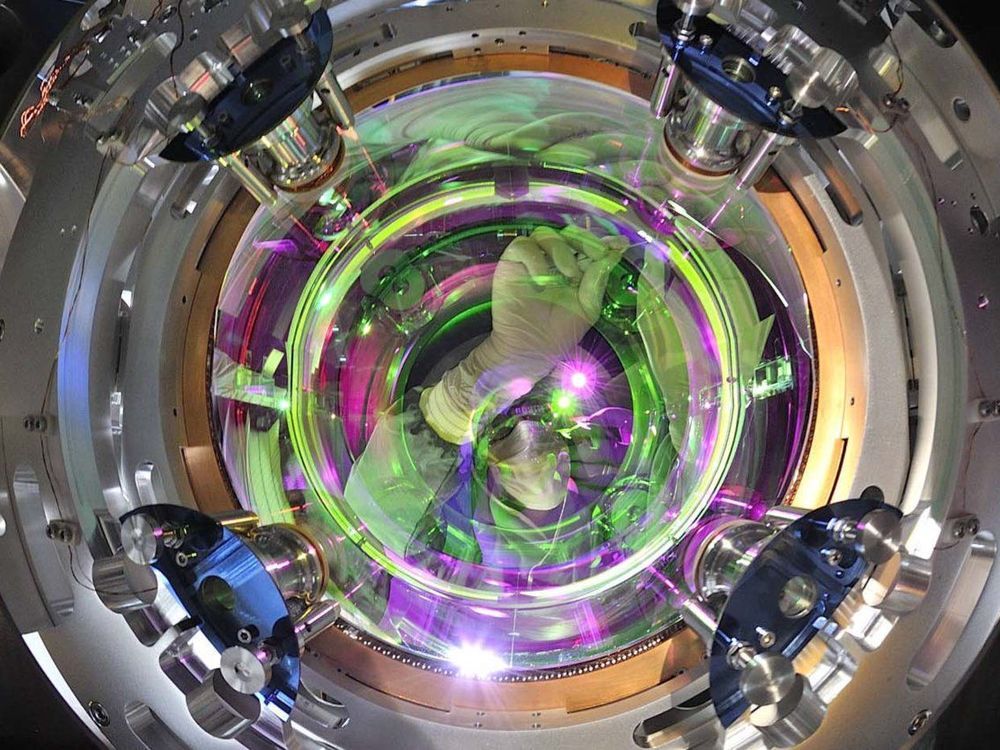
One of the most remarkable experiments in history — a pair of giant machines that listen for ripples in spacetime called gravitational waves — will wake up from a half-year nap on Monday. And it will be about 40% stronger than before.
That experiment is called the Laser Interferometer Gravitational-Wave Observatory (LIGO); it consists of two giant, L-shaped detectors that together solved a 100-year-old mystery posed by Albert Einstein.
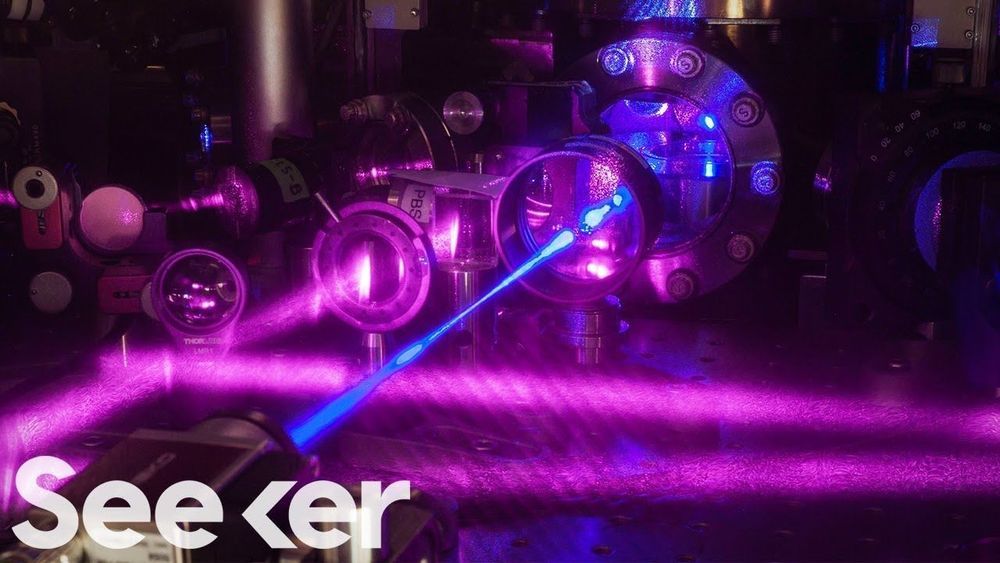
Time may be a human construct but that hasn’t stopped physicists from perfecting it.
JILA’s 3D Quantum Gas Atomic Clock Offers New Dimensions in Measurement
https://www.nist.gov/news-events/news/2017/10/jilas-3-D-quantum-gas-atomic-clock-offers-new-dimensions-measurement
“JILA physicists have created an entirely new design for an atomic clock, in which strontium atoms are packed into a tiny three-dimensional (3D) cube at 1,000 times the density of previous one-dimensional (1-D) clocks. In doing so, they are the first to harness the ultra-controlled behavior of a so-called “quantum gas” to make a practical measurement device.”
Jun Ye: Let There Be Light (and Thus, Time)
Dr. Jun Ye, professor of physics at the University of Colorado at Boulder and a fellow of both the National Institute of Standards and Technology and JILA, explains how lasers are used to manipulate atoms inside and out for ultra-precise clocks.
Ultra-Accurate Clocks Lead Search for New Laws of Physics.
https://www.quantamagazine.org/ultra-accurate-clocks-lead-search-for-new-laws-of-physics-20180416/
Atomic clocks are letting physicists tighten the lasso around elusive phenomena such as dark matter.
Sign Up For The Seeker Newsletter Here — http://bit.ly/1UO1PxI
____________________
Seeker inspires us to see the world through the lens of science and evokes a sense of curiosity, optimism and adventure.
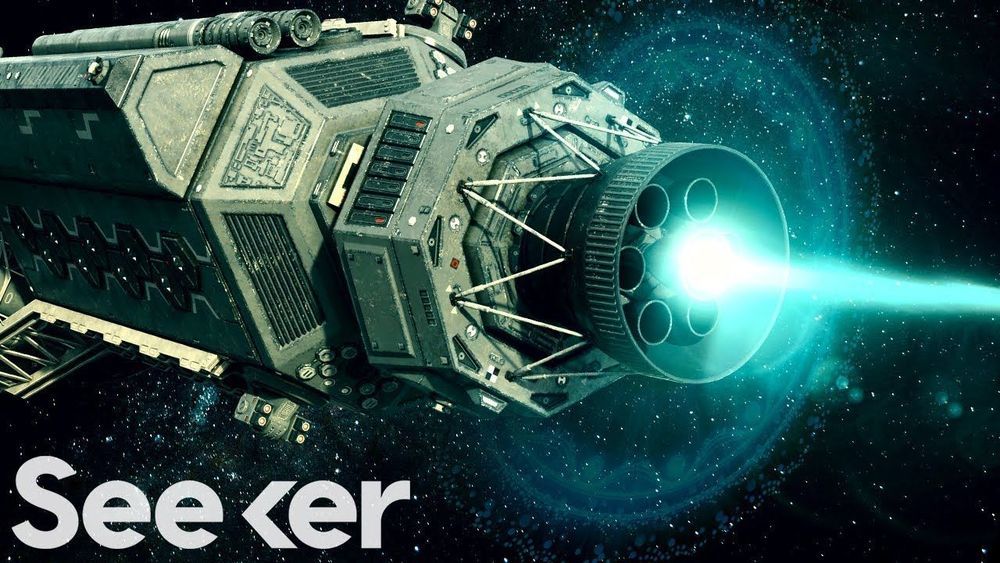
What exactly would it take to create our very own Swartzchild Kugelblitz?
Could a Dyson Sphere Harness the Full Power of the Sun? — https://youtu.be/jOHMQbffrt4
Kugelblitz! Powering a Starship With a Black Hole
https://www.space.com/24306-interstellar-flight-black-hole-power.html
“Interstellar flight certainly ranks among the most daunting challenges ever postulated by human civilization. The distances to even the closest stars are so stupendous that constructing even a scale model of interstellar distance is impractical. For instance, if on such a model the separation of the Earth and sun is 1 inch (2.5 centimeters), the nearest star to our solar system (Proxima Centauri) would be 4.3 miles (6.9 kilometers) away!”
Kugelblitz Black Holes: Lasers & Doom
https://futurism.com/kugelblitz-black-holes-lasers-doom
“A kugelblitz black hole could theoretically be created by aiming lasers vastly more powerful than anything we have today at a single point. Logically, one could assume that turning off the lasers would ‘turn off’ the black hole? Well, that’s not quite right”
What is a Dyson sphere?
“In recent years, astronomers explored that possibility with a bizarre star, known to astronomers as KIC 8462852 – more popularly called Tabby’s Star for its discoverer Tabetha Boyajian. This star’s strange light was originally thought to indicate a possible Dyson sphere. That idea has been discarded, but, in 2018, other possibilities emerged, such as that of using the Gaia mission to search for Dyson spheres.“
____________________
Elements is more than just a science show. It’s your science-loving best friend, tasked with keeping you updated and interested on all the compelling, innovative and groundbreaking science happening all around us. Join our passionate hosts as they help break down and present fascinating science, from quarks to quantum theory and beyond.

Hot off the press…
Barnes & Noble Press releases a new non-fiction book The Syntellect Hypothesis: Five Paradigms of the Mind’s Evolution by Alex M. Vikoulov as Hardcover (Press Release, San Francisco, CA, USA, March 22, 2019 11.00 AM PST)
Named “The Book of the Year” by futurists and academics alike, “# 1 Hot New Release” in Amazon charts in Physics of Time, Phenomenology, and Phenomenological Philosophy, the book has now been released by Barnes & Noble Press as hardcover in addition to ebook and paperback released earlier this year. In one volume, the author covers it all: from quantum physics to your experiential reality, from the Big Bang to the Omega Point, from the ‘flow state’ to psychedelics, from ‘Lucy’ to the looming AI Singularity, from natural algorithms to the operating system of your mind, from geo-engineering to nanotechnology, from anti-aging to immortality technologies, from oligopoly capitalism to Star-Trekonomics, from the Matrix to Universal Mind, from Homo sapiens to Holo syntellectus.

WASHINGTON: The annual Templeton Prize, which recognizes outstanding contributions to “affirming life’s spiritual dimension,” was awarded Tuesday to Brazilian Marcelo Gleiser-a theoretical physicist dedicated to demonstrating science and religion are not enemies. A physics and astronomy professor whose specializations include cosmology, 60-year-old Gleiser was born in Rio de Janeiro, and has been in the United States since 1986. An agnostic, he doesn’t believe in God-but refuses to write off the possibility of God’s existence completely.
“Atheism is inconsistent with the scientific method,” Gleiser said Monday from Dartmouth College, the New Hampshire university where he has taught since 1991. “Atheism is a belief in non-belief. So you categorically deny something you have no evidence against.” “I’ll keep an open mind because I understand that human knowledge is limited,” he added. The prize is funded by the John Templeton Foundation-a philanthropic organization named after the American Presbyterian who made his fortune on Wall Street, and who set on “seeking proofs of divine agency in every branch of science”, as The Economist put it.
Gleiser joins Desmond Tutu, the Dalai Lama and dissident Soviet author Aleksandr Solzhenitsyn as recipients of the prize, first awarded in 1973. At £1.1 million, the prize money well surpasses that of the Nobels. The physicist focuses on making complex subjects accessible. He has written on climate change, Einstein, hurricanes, black holes, the human conscience-tracing the links between the sciences and the humanities, including philosophy.
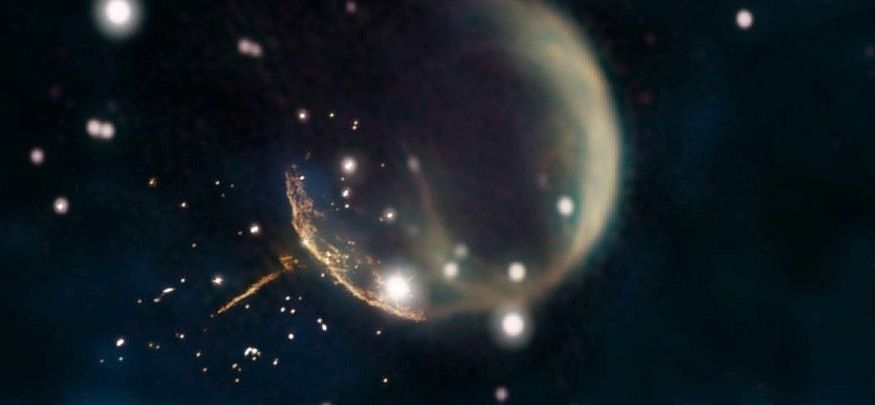
Many stars sedately tread the measure of the galaxies they inhabit, slowly orbiting the galactic core. Not a star called PSR J0002+6216, though. PSR J0002+6216, astronomers have discovered, is rocketing through the Milky Way at absolutely breakneck speeds.
To be precise, it’s travelling at 1,130 kilometres per second (700 miles per second). That could take it from Earth to the Moon in 6 minutes. It’s one of the fastest stars we’ve ever seen.
And boy, is it spectacular — zooming away from the expanding cloud of a recent supernova explosion, leaving a trail behind after it punched through the explosion’s outer shell of debris.
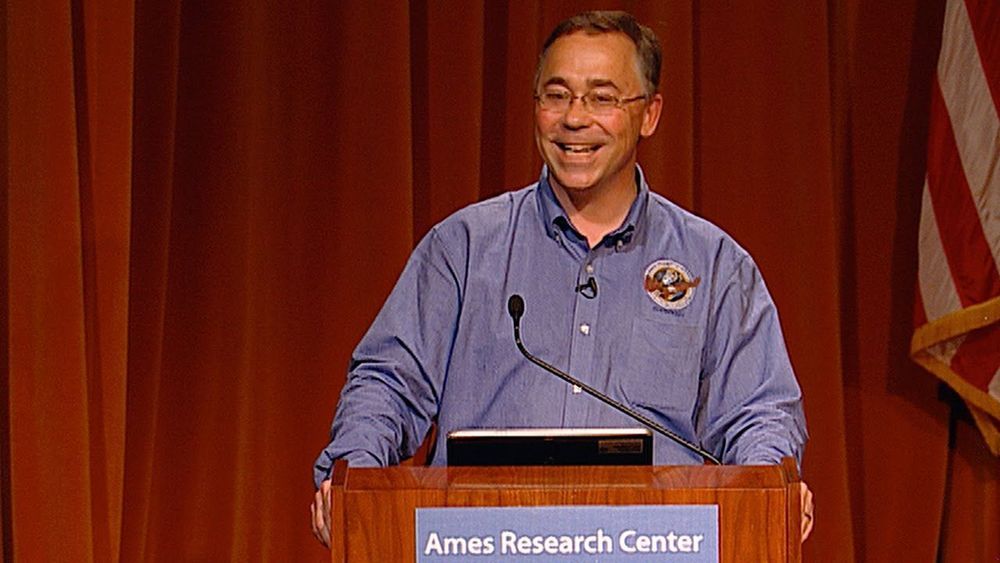
“Space has been expanding since the Big Bang 13.7 billion years ago,” said Harold “Sunny” White, head of NASA’s Eagleworks Laboratories: Advanced Propulsion. “And we know that when you look at some of the cosmology models, there were early periods of the universe where there was explosive inflation, where two points would’ve went receding away from each other at very rapid speeds. Nature can do it. So the question is, can we do it?”
There have been hints the past few years that NASA may be on the path to discovering warp bubbles that could make the local universe accessible for human exploration. NASA scientists may be close announcing they may have broken the speed of light. According to state-of-the art theory, a warp drive could cut the travel time between stars from tens of thousands of years to weeks or months. They say they have found a way to configure the hypothetical negative energy matter so that the warping could be accomplished with a mass equivalent to the Voyager spacecraft.
“What this does is it moves the idea from the category of completely impossible to maybe plausible,” said White in a talk at NASA’s Ames Research Center in 2014. “It doesn’t say anything about feasible. And so, unfortunately, that point usually gets missed a lot.”
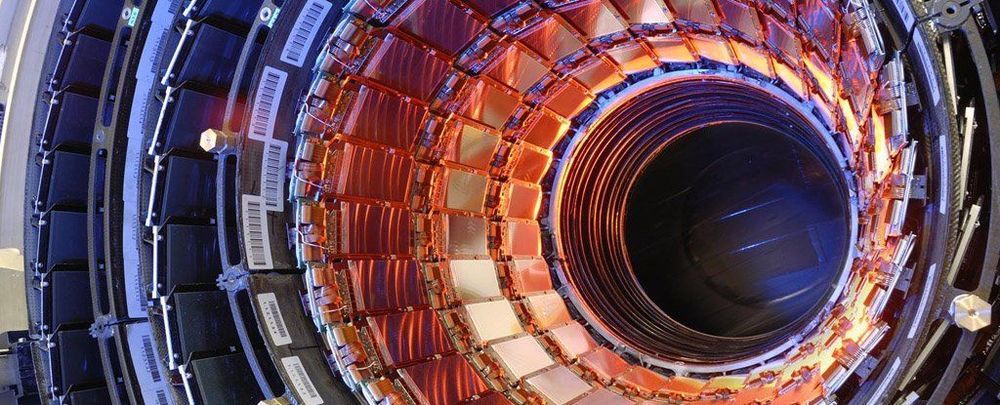
Why do we exist? This is arguably the most profound question there is and one that may seem completely outside the scope of particle physics.
But our new experiment at CERN’s Large Hadron Collider has taken us a step closer to figuring it out.
To understand why, let’s go back in time some 13.8 billion years to the Big Bang. This event produced equal amounts of the matter you are made of and something called antimatter.